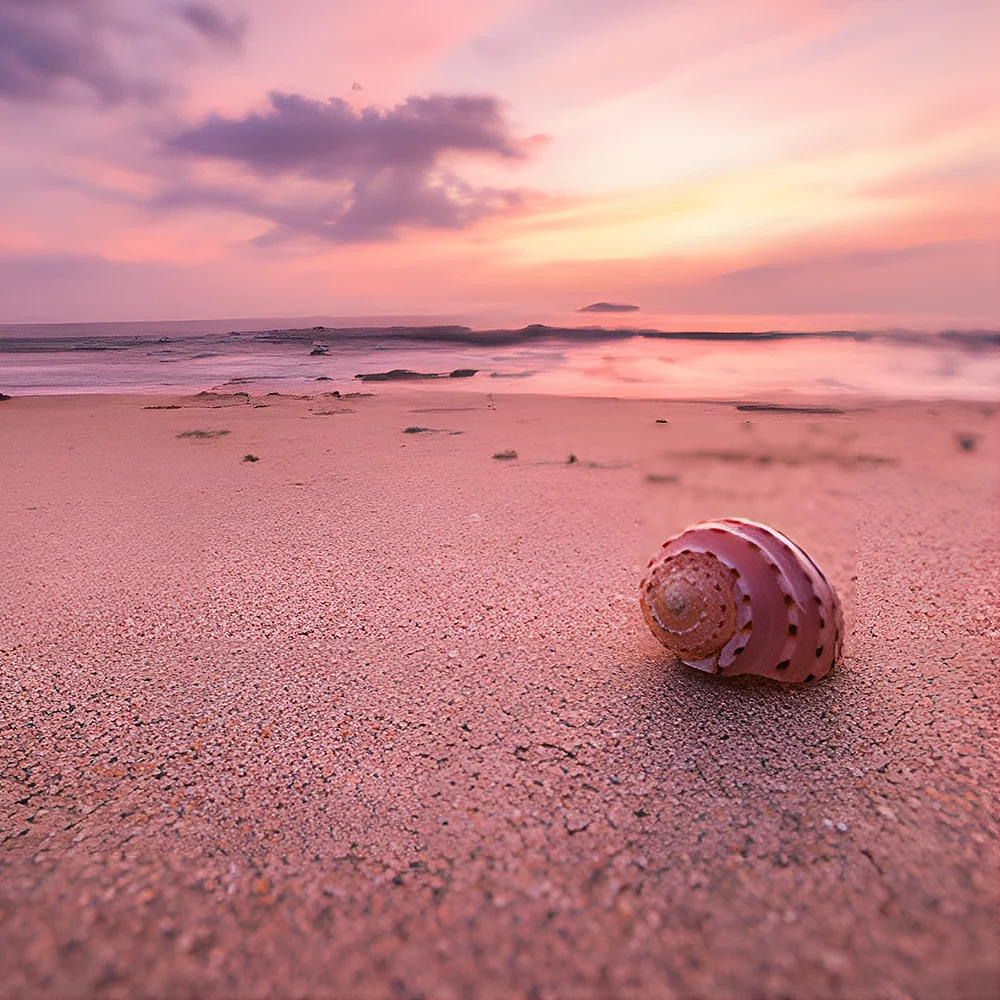1. Misty Morning
The colors can evoke the gentle and serene ambiance of a misty morning. Think of the soft grays, light blues, and pale purples that can be found in the early hours of the day.
2. Seafoam and Seashells
Soft Summer type colors can resemble the delicate hues of seafoam green, soft aqua, and the subtle shades of seashells. These soft and cool tones reflect the calming and soothing nature of the ocean.
3. Hazy Sky
The soft blues of a hazy sky on a cloudy day can be reminiscent of this types colors. These muted and cool blues, tinged with hints of gray, capture the ethereal and tranquil atmosphere of a cloudy sky.
4. Lavender Fields
The gentle and muted purples of lavender fields can serve as inspiration for the coloring of soft summer types. These soft and cool lilacs and lavenders reflect the peaceful and dreamy qualities of the natural landscape.
5. Eucalyptus Leaves
These type’s colors can draw inspiration from the muted greens of eucalyptus leaves. These soft, cool greens have a subtle gray undertone that conveys a sense of tranquility and harmony with nature.
6. Soft Blossoms
Delicate and muted pastel flowers, such as pale pink roses or soft peach blossoms, can inspire Soft Summer type’s colors. These soft, cool pinks and peaches reflect the gentle beauty of blooming flowers.





